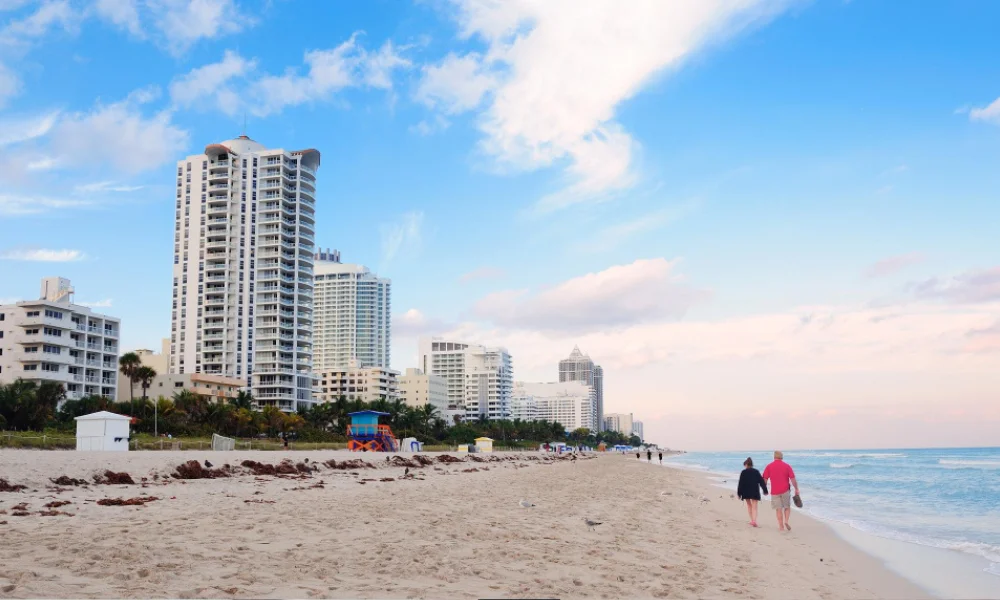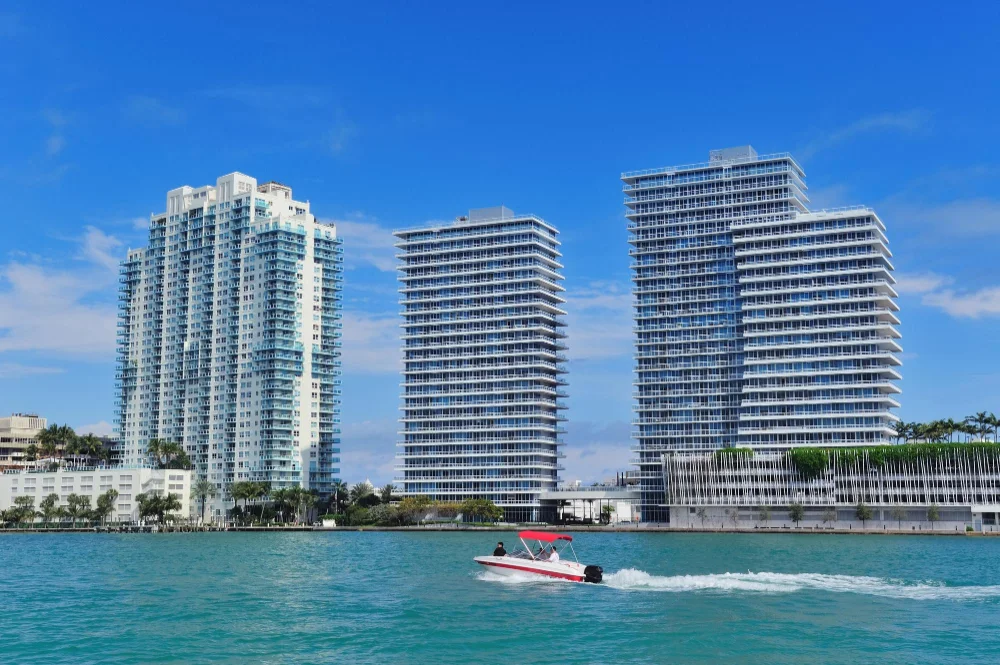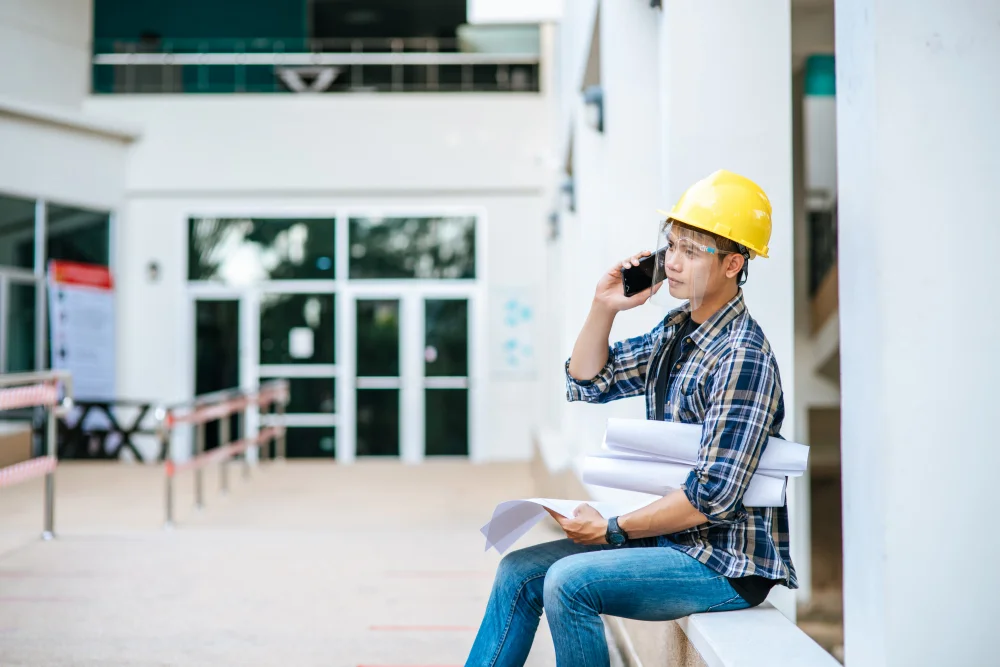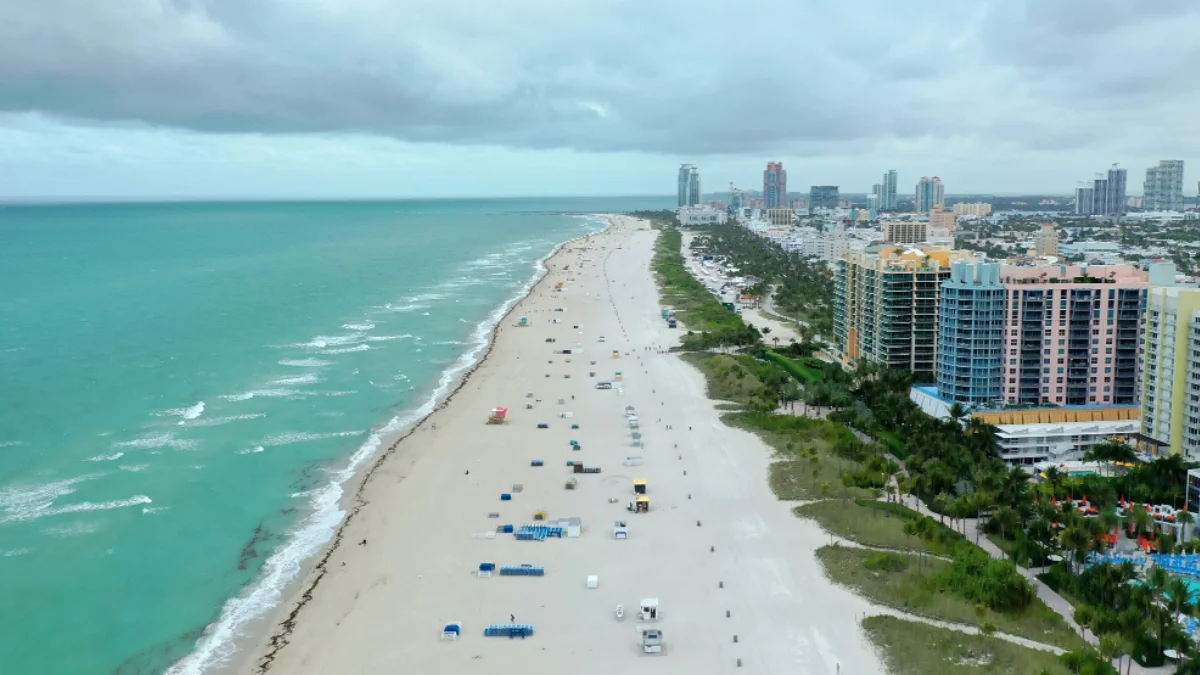Miami luxury condos sinking by up to three inches between 2016 and 2023 alarms residents and investors. A University of Miami study found thirty-five beachfront high-rises in Sunny Isles, Surfside, and Bal Harbour experiencing measurable ground displacement recently.
Dozens of luxury condos and hotels in South Florida are settling at unexpected rates, according to satellite imagery. This article explains the data, causes, affected areas, risks for owners and buyers, and practical steps to safeguard property value now.
How Much Are Miami Luxury Condos Sinking

Satellite InSAR analysis shows ground displacement of two to eight centimeters under luxury high-rises from 2016 to 2023. Nearly seventy percent of northern and central Sunny Isles Beach buildings show measurable subsidence, impacting long-term structural planning and safety.
This sinking does not automatically mean buildings are unsafe, but it highlights a pressing issue for engineers, owners, and buyers. Understanding the scale of subsidence helps communities plan inspections, reserve funds, and adapt building codes to protect investments in coastal Miami.
Key Areas and Data
Sunny Isles Beach records the highest proportion of subsiding high-rises among luxury developments. Bal Harbour, Surfside, and Miami Beach show similar but varied rates of settlement affecting prominent condos, including Porsche Design Tower, Faena House, and the Surf Club Towers.
These findings confirm that even newer high-rises built to modern codes can experience measurable subsidence. Transparent disclosure of data empowers owners and prospective buyers to make informed decisions, request detailed reports, and press associations for proactive maintenance plans.
What’s Causing the Sinking of Luxury Condos in Miami
Soft sandy layers and porous limestone under Miami naturally compress when loaded. Heavy towers speed up this process, making the ground settle faster than expected. These conditions create a perfect setup for subsidence beneath beachfront high-rises today.
When groundwater levels rise from sea-level change, the soils under buildings stay saturated. This extra moisture weakens support, while vibrations from construction nearby add stress. Together, these factors make Miami luxury condos a sinking urgent engineering concern.
Soil Composition and Natural Factors
Miami’s geology includes fragile sand and limestone with cavities that shift over time. This environment is prone to subtle land movement even without human interference. Large buildings magnify this effect, causing gradual but measurable settlement under foundations.
Natural settlement alone may not endanger structures if evenly spread. Problems start when soil layers differ in strength, causing uneven settlement across the base. That’s when cracks, tilted slabs, and structural strain begin to show in luxury condos.
Human and Climate Drivers
Heavy construction adds massive loads and vibrations that speed compaction. At the same time, rising seas push groundwater upward, saturating soils beneath foundations. These combined forces change moisture patterns and reduce soil stability over the years of constant pressure.
The result is a pattern of measurable subsidence affecting multiple high-rises across South Florida’s coast. Without ongoing monitoring and maintenance, minor settlement can develop into costly repairs or structural hazards for both residents and investors alike.
Which Miami Condos and Areas Are Affected by Sinking

Sunny Isles Beach tops the list with the most significant proportion of subsiding luxury towers. Bal Harbour, Surfside, and Miami Beach follow closely, hosting some of the region’s most expensive and recognizable high-rises now under detailed observation by scientists.
Among the buildings named in reports are Porsche Design Tower, Faena Hotel, Faena House, Trump Tower III, The Surf Club, and The Ritz-Carlton Residences. These developments are symbols of wealth but also case studies in coastal risk management.
Why These Areas Are Vulnerable
These districts sit on low-lying reclaimed or naturally soft ground close to the shore. They have high groundwater tables and heavy construction density. All these conditions together make the soil unstable and sensitive to changes in load or moisture.
Even condos built to strict modern codes can sink slowly under such circumstances. That’s why experts call for continuous monitoring, transparent data, and regular inspections rather than waiting for visible signs of structural stress or damage.
Does the Sinking Pose a Safety Risk
If a building sinks evenly across its foundation, structural integrity generally remains intact. This type of uniform settlement, while worth monitoring, usually does not cause catastrophic damage but signals a need for continued watchfulness from managers.
Differential sinking, where parts of a structure settle at different rates, creates stress within the building. This uneven displacement can lead to cracks in walls, misaligned windows and doors, and other signs of structural strain, which may escalate if left unaddressed.
Lessons from the Surfside Collapse
The 2021 Champlain Towers South collapse in Surfside, which killed 98 people, was not caused purely by a sinkhole. Still, it raised awareness about the importance of structural monitoring and maintenance for high-rises across South Florida’s vulnerable coastline.
After that tragedy, regulatory and inspection systems tightened, and owners became more concerned with routine inspections, milestone certifications, and reserve funds to ensure safety. This shift underscores the seriousness of even minor signs of settlement in buildings.
Impacts on Market, Buyers, and Developers
Property values are directly affected by subsidence reports. Visible sinking or publicized ground displacement can lower resale values of luxury condos because buyers may demand discounts or repairs before purchase. Insurance companies and lenders may require settlement reports.
Financing may become harder to secure, or premiums may rise as risk data becomes more widely known. Condo associations may need to budget more for monitoring, repairs, and structural assessments. All these factors influence buyer confidence and long-term viability.
Changing Market Dynamics
Some buyers still flock to luxury condos despite subsidence news, attracted by lifestyle and limited inventory. However, sophisticated investors factor in inspection reports, building history, and reserve funds, resulting in a more cautious and data-driven market for coastal properties.
Developers may respond with deeper foundations, soil stabilization, or transparent disclosure to reassure clients. Regulations may also evolve to require the disclosure of subsidence metrics and more frequent milestone inspections for any building located near the coastline.
Solutions and Mitigation for Miami Luxury Condos Sinking

Monitoring and early detection are essential for protecting property and lives. Satellite imagery, GPS sensors, and ground-based tools can track movement at the millimeter scale. Regular inspections, focusing on foundation stability, slab condition, and soil moisture, should be a standard practice.
Visual checks, such as cracks, uneven flooring, or misaligned doors, help identify early warning signs. Condo boards should share findings with residents and maintain clear communication with engineers and city inspectors to ensure timely action on any detected issues.
Engineering Remedies
Soil stabilization can be achieved by injecting grout or other materials to firm weak soils beneath foundations. Underpinning foundations or strengthening pilings can redistribute load and reduce uneven settlement that might otherwise lead to dangerous structural stresses.
Improving drainage helps control groundwater levels around buildings and prevents additional saturation. Together, these engineering solutions extend the lifespan of structures and reduce risk, giving owners and buyers more confidence in their property’s long-term safety.
Policy, Codes, and Legal Protections
Florida lawmakers and local governments are moving toward stronger building codes that take long-term subsidence risk into account. Laws mandating milestone inspections for high-rises, such as 30- or 40-year certifications, are already in place or under consideration.
Requirements for reserve funds in condo associations help cover unexpected structural repairs. Disclosure of subsidence or stability reports for buyers increases transparency and allows the market to adjust fairly, reducing unpleasant surprises for new owners.
Advice for Buyers and Owners
Request subsidence and settlement data from building management or local regulators. Hiring soil or structural engineers before purchase provides an independent view of a building’s health and prevents future regrets or hidden maintenance costs for buyers.
Participating in condo association discussions on monitoring and maintenance funding ensures the community prioritizes safety. Staying updated on sea-level rise and local geological risk mapping helps anticipate future challenges and plan accordingly in a proactive way.
Conclusion
The issue of Miami luxury condos sinking is no longer theoretical. Thirty-five luxury high-rises have settled between two and eight centimeters over seven years. Causes include soft soils, heavy structural load, groundwater changes, construction vibrations, and rising sea levels.
While sinking does not automatically mean a building is unsafe, differential settlement can lead to serious problems over time if unchecked. Demand detailed reports, monitor structural health, and push for strong building codes to protect safety, property value, and peace of mind.












